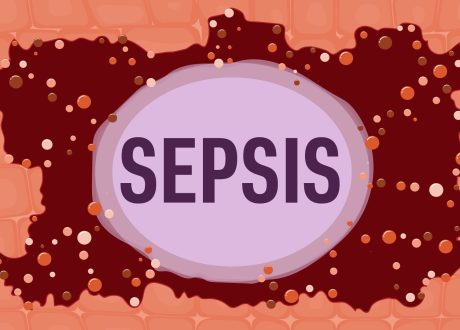 We develop from embryos that are surrounded by water. After being born, we need water to live. Water views relax us, and water sports entertain us. Perhaps that is why many of us have difficulty perceiving water as dangerous. Yet every year, thousands of Americans die from being underwater for too long. According to the World Health Organization, “Drowning is the process of experiencing respiratory impairment from submersion/immersion in liquid.”1 It can result in death, nonfatal injury, or no injury. More than any other factor, the duration of submersion predicts the outcome.2 Because submersion occurs before the health care system comes into play, a discussion of drowning prevention precedes a discussion of treatment.
We develop from embryos that are surrounded by water. After being born, we need water to live. Water views relax us, and water sports entertain us. Perhaps that is why many of us have difficulty perceiving water as dangerous. Yet every year, thousands of Americans die from being underwater for too long. According to the World Health Organization, “Drowning is the process of experiencing respiratory impairment from submersion/immersion in liquid.”1 It can result in death, nonfatal injury, or no injury. More than any other factor, the duration of submersion predicts the outcome.2 Because submersion occurs before the health care system comes into play, a discussion of drowning prevention precedes a discussion of treatment.
Epidemiology
In 2020, a total of 5419 people died from drowning in the United States.3 Although most fatal drownings are accidental, 9% of the drownings in 2020 were ruled to be suicides, and in 6%, the intended circumstances could not be determined. Fatal drowning was the leading cause of death for children between the ages of 1 and 4 years.3 When the Journal last reviewed this topic, in 2012, it was the second leading cause of death from injury for toddlers.4 Mortality rates among patients treated at U.S. hospitals for drowning have ranged from 10 to 17%.5
From 2010 through 2019, fatal drowning rates had been declining in the United States among people under 30 years of age. However, the rates increased almost 17% in 2020 over the rates in 2019, according to a special report from the Centers for Disease Control and Prevention (CDC).6 Investigators at the CDC speculate that social changes related to coronavirus disease 2019 (Covid-19) may have resulted in increased exposures to natural bodies of water and decreased access to environments in which safety measures were in place.
Most people who survive drowning recover fully, but some are left with catastrophic neurologic impairment.7 In 2020, it was estimated that 7435 people were treated in hospital emergency departments in the United States for nonfatal drowning.3
More than 90% of fatal drownings occur in low- and middle-income countries.1 In 2017, it was estimated that more than half of the unintentional drowning deaths in the world occurred in four countries: China, India, Pakistan, and Bangladesh.8 Although fatal drownings have been on the decline globally,8 they are underreported9 because drownings due to suicide, homicide, and transportation or weather disasters have traditionally been counted under those categories of death rather than under drowning. Furthermore, vital statistics in low-income countries are often drawn from hospital data, and rural drownings may not be reflected in official mortality reports. This underreporting limits an estimation of aggregate mortality due to drowning.
Across countries, sex and age have been identified as major factors associated with the risk of drowning.1 In 2020, U.S. rates of fatal drowning among males were at least double those among females throughout the life span, and the rates among adolescent boys and young adult men (from ages 15 through 24 years) were approximately 5 times the rates among adolescent girls and young adult women.3 Rates of fatal drowning are higher among very young children than in any other age group. In the United States in 2020, the rate of fatal drowning among children who were 1 to 4 years of age was 2.70 deaths per 100,000, as compared with 0.44 per 100,000 among children who were 10 to 14 years of age.6 Rates tend to increase again in adulthood, peaking among very old adults.3
A trend analysis of fatal drownings among people under the age of 30 years revealed racial and ethnic disparities, with the highest mortality among American Indians and Alaska Natives and among Black persons.10 Other groups that have higher-than-average rates of drowning include people with epilepsy, those with autism spectrum disorder, and those with cardiac arrhythmias such as long-QT syndrome.11 Snorkeling, in particular, may be a high-risk activity for older adults who have underlying heart disease.12









